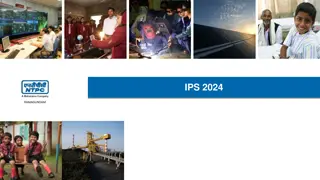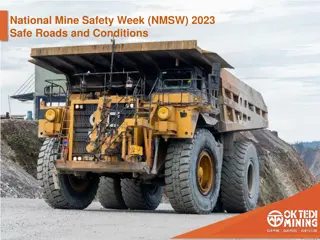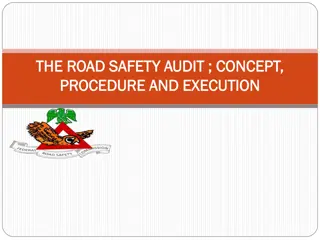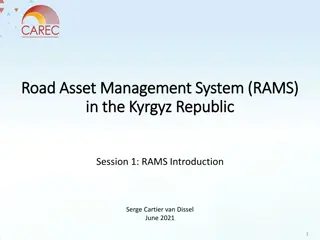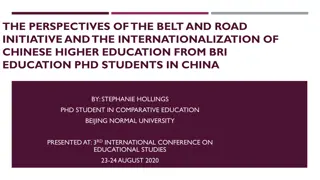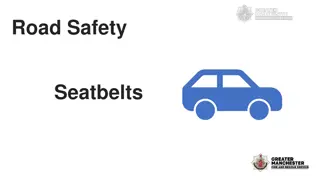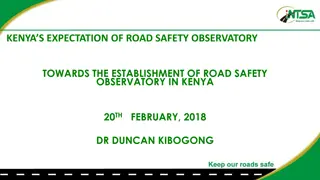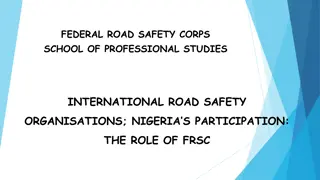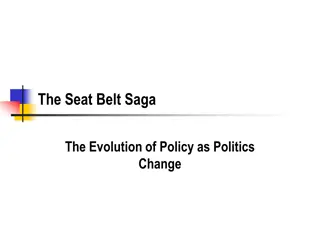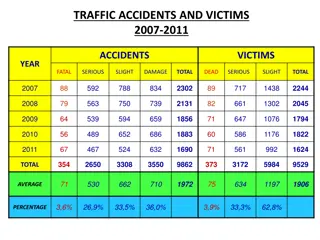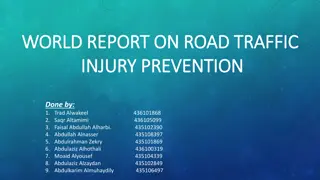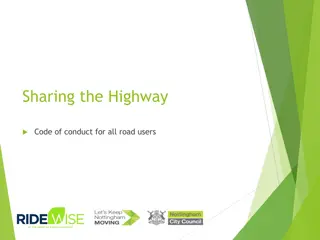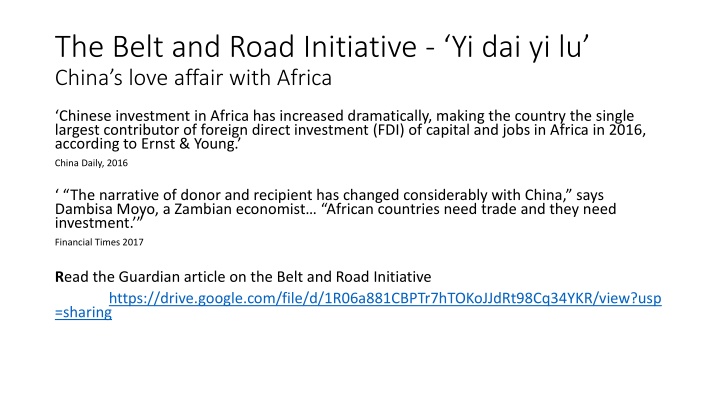
China's Belt and Road Initiative in Africa and Ethiopia: Insights and Biased Sources
Explore the impact of China's Belt and Road Initiative on Africa, specifically Ethiopia, along with insights on biased news sources. Analyze the economic, geographic, and geopolitical reasons behind China's interest in Ethiopia and evaluate the reliability of news reports from Al Jazeera and CGTN regarding Chinese investments.
Download Presentation

Please find below an Image/Link to download the presentation.
The content on the website is provided AS IS for your information and personal use only. It may not be sold, licensed, or shared on other websites without obtaining consent from the author. If you encounter any issues during the download, it is possible that the publisher has removed the file from their server.
You are allowed to download the files provided on this website for personal or commercial use, subject to the condition that they are used lawfully. All files are the property of their respective owners.
The content on the website is provided AS IS for your information and personal use only. It may not be sold, licensed, or shared on other websites without obtaining consent from the author.
E N D
Presentation Transcript
The Belt and Road Initiative - Yi dai yi lu China s love affair with Africa Chinese investment in Africa has increased dramatically, making the country the single largest contributor of foreign direct investment (FDI) of capital and jobs in Africa in 2016, according to Ernst & Young. China Daily, 2016 The narrative of donor and recipient has changed considerably with China, says Dambisa Moyo, a Zambian economist African countries need trade and they need investment. Financial Times 2017 Read the Guardian article on the Belt and Road Initiative https://drive.google.com/file/d/1R06a881CBPTr7hTOKoJJdRt98Cq34YKR/view?usp =sharing
Chinas Belt and Road Initiative comes to Ethiopia Read the background notes to China-Ethiopia relations. https://drive.google.com/file/d/1JD5bDi6RqSugXNKlzfPfsWXt MMolKU9u/view?usp=sharing Why is Ethiopia so attractive to China and an integral part of its BRI? Think about the economic, geographic and geopolitical reasons. What benefits does Ethiopia get out of the relationship? https://www.google.com/maps
Identifying bias in sources Listen to the two news clips on Chinese investment in Ethiopia through the Belt and Road Initiative (BRI) 1. Al Jazeera (media network owned by the Qatari government, based in London and Doha), broadcast July 2018 https://www.youtube.com/watch?v=1BGM2HMWg94&feature=youtu.be 2. CGTN (media network run and owned by the Government of the People s Republic of China) broadcast July 2019 https://www.youtube.com/watch?v=0JCu01ZcFPs&feature=youtu.be
Identifying bias in news sources Draw two columns in in your workbook, one for each source. In each column record details of the content, origin and purpose of each source. Content: What are the main messages in each news clip? Quote key phrases or powerful vocabulary Which sources of information have been used in the film clip ? Who has been interviewed ? What significant element is missing from each story which prevents the listener from gaining a complete understanding of the issue? Origin: What is the news source? Who produced it? / When was it broadcast / published? Purpose: Who is its target audience? What is the purpose of its message? What are the broadcaster s motivations?
A biased source is not a bad one Which source is more reliable, in your opinion, and why? Is the non-reliable source useless? What can the non-reliable source tell us? Can sources ever be completely objective? Tip: for more sophisticated vocabulary use terms such as demonstrating subjectivity , having a vested interest in or having a predisposition towards rather than bias , which has negative connotations. Taken from Outstanding History Lessons: 100 ideas for secondary teachers by Emily Thomas
Source summary These case studies emphasise the following: Location of economic activity NICs/NEEs and LICs working together (on an equal or non-equal basis) Actors in global economic growth the role of governments / nation-states, through FDI and schemes such as the Belt and Road Initiative the delicate relationship with intergovernmental organisations (eg. UNDP) who act as mediator between the investor and the recipient, ensuring the development of the recipient country the dominance of Chinese TNCs over smaller Ethiopian companies The role of geopolitics Treaties with neighbouring countries in peace-time can help landlocked countries (or otherwise) develop trade routes BRI gives China a dominant role in east and central Asia and Africa

